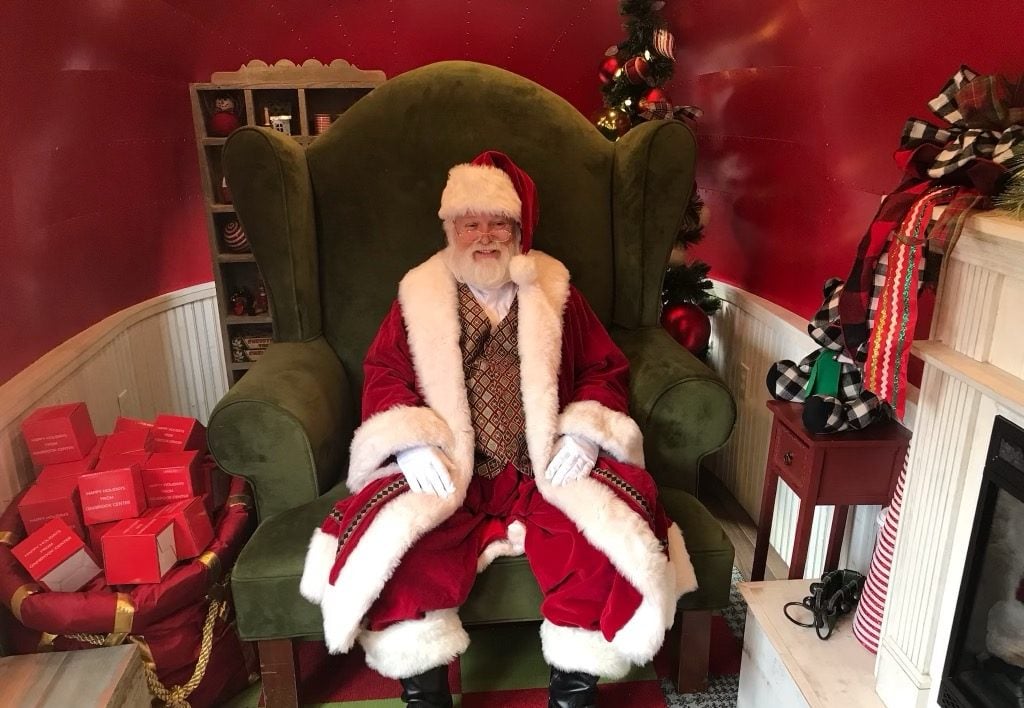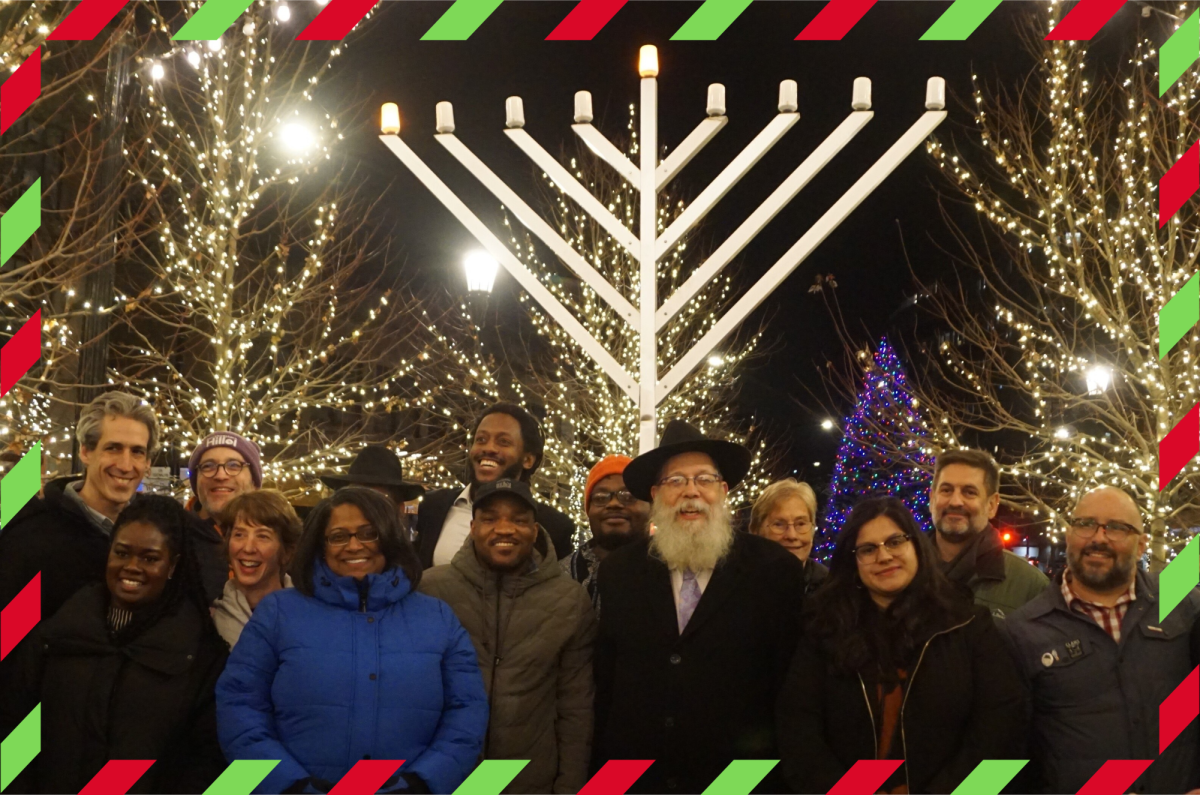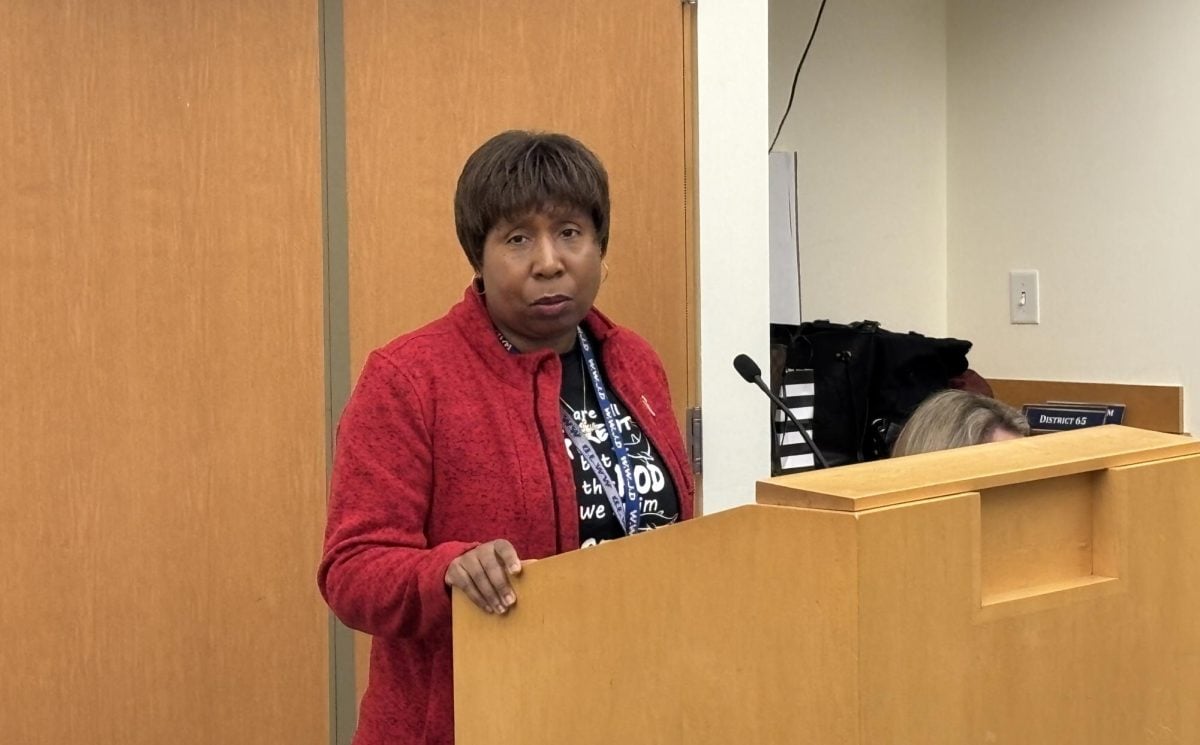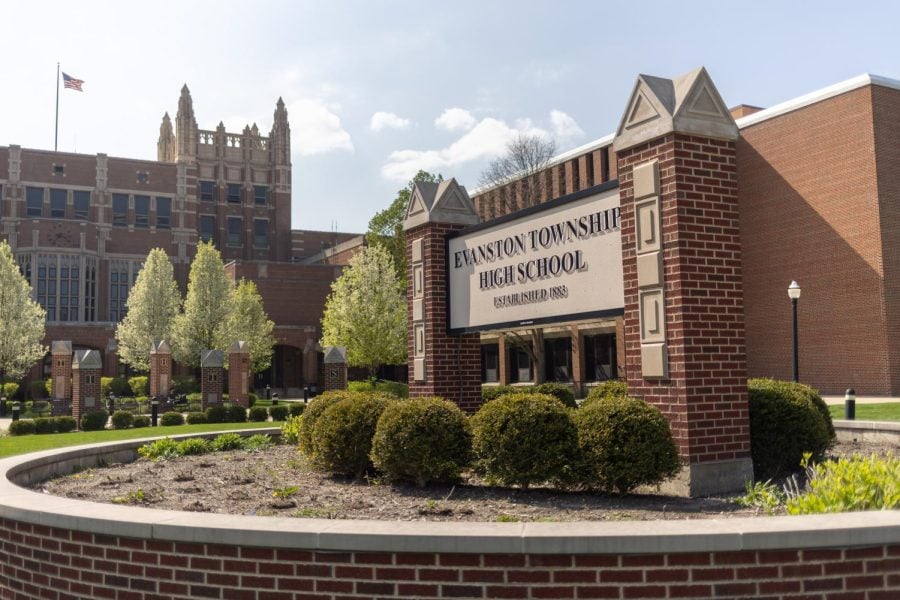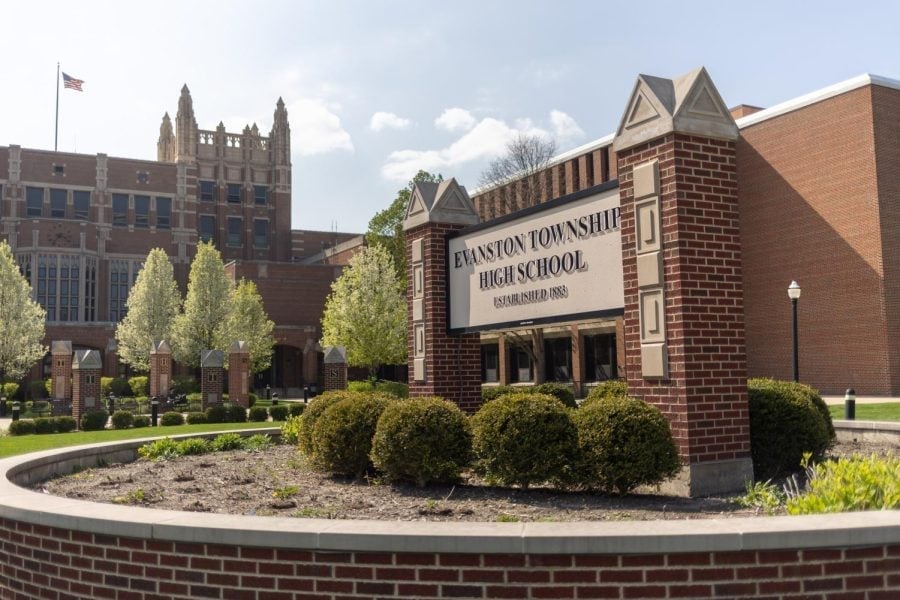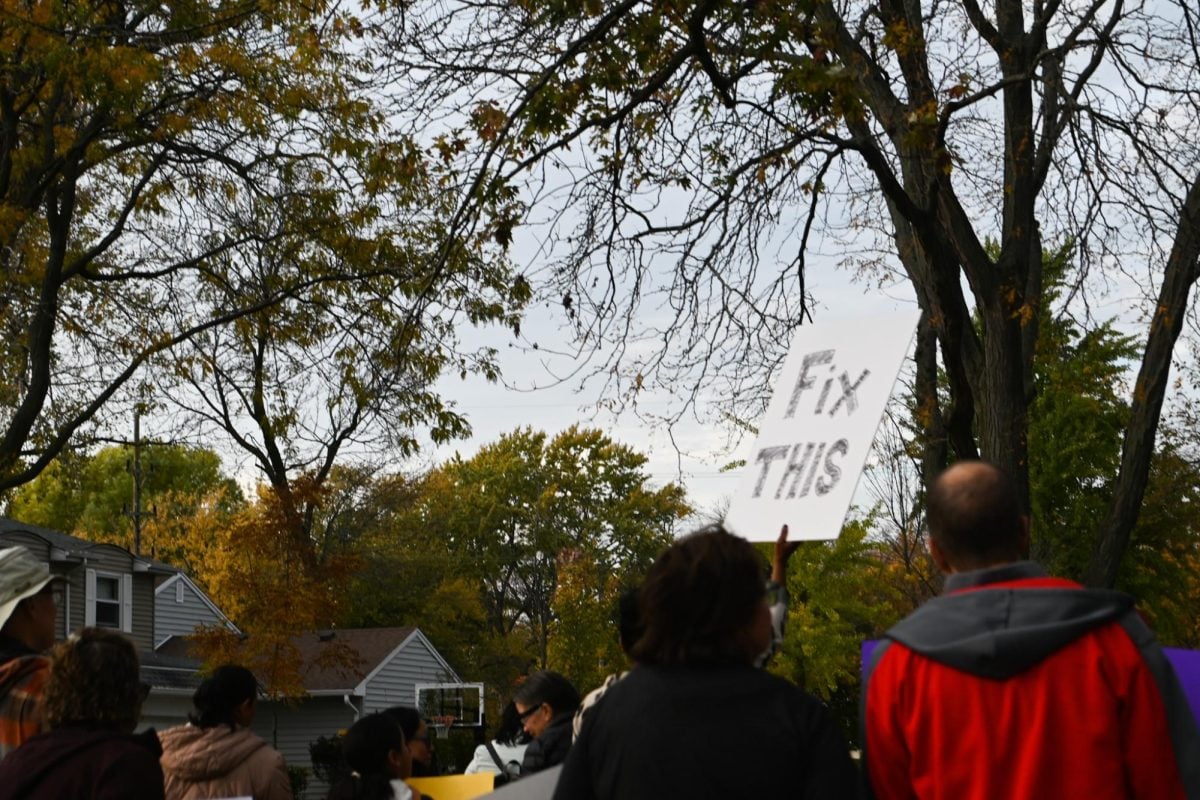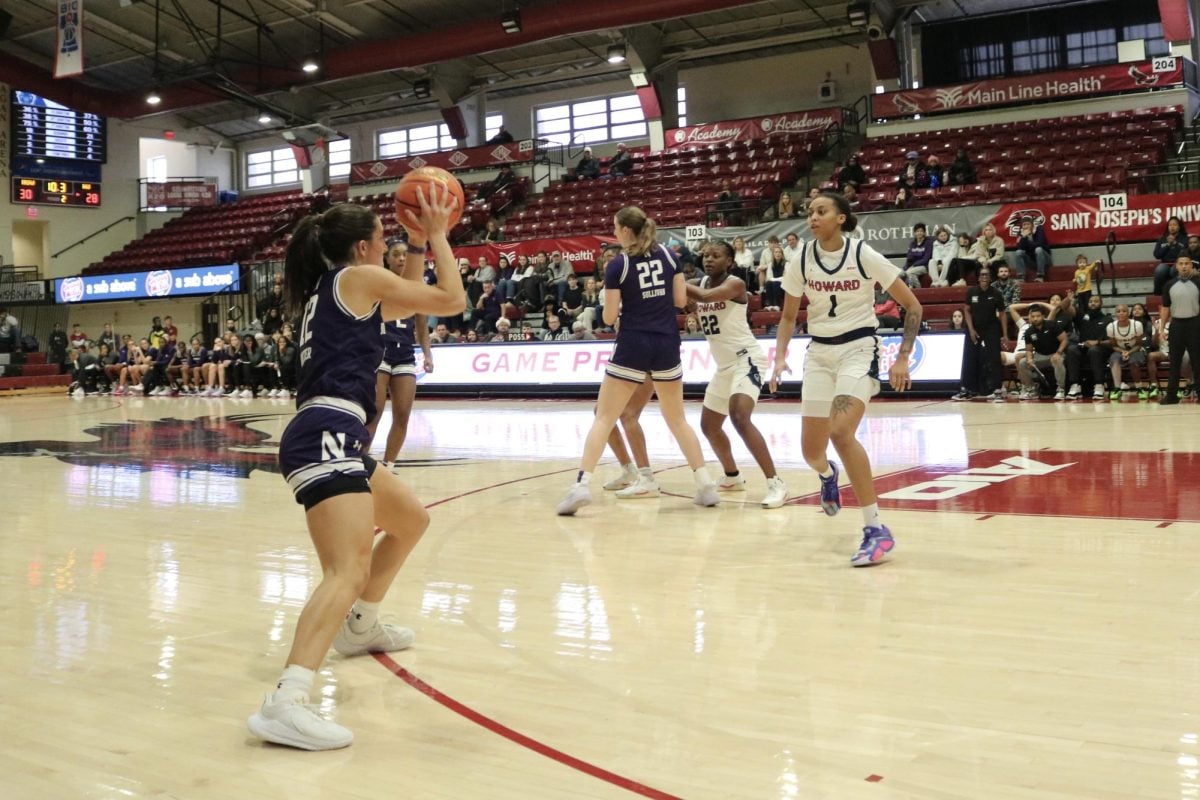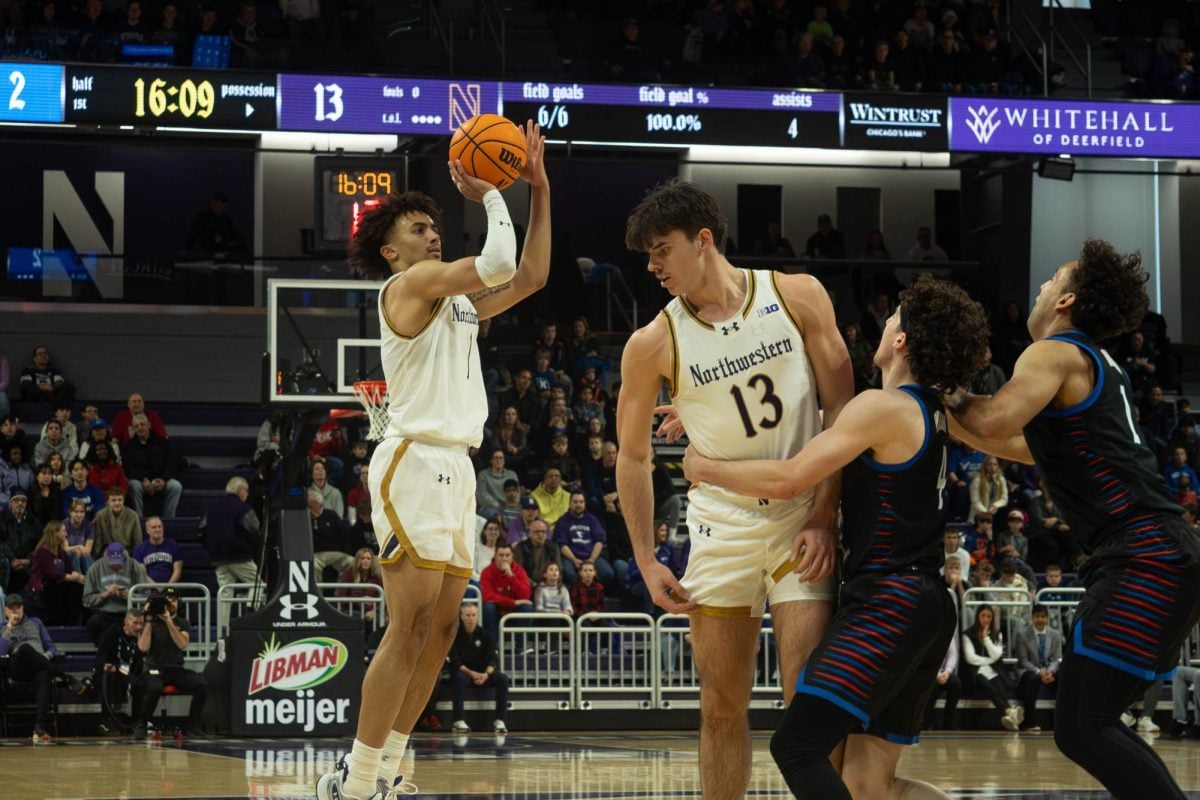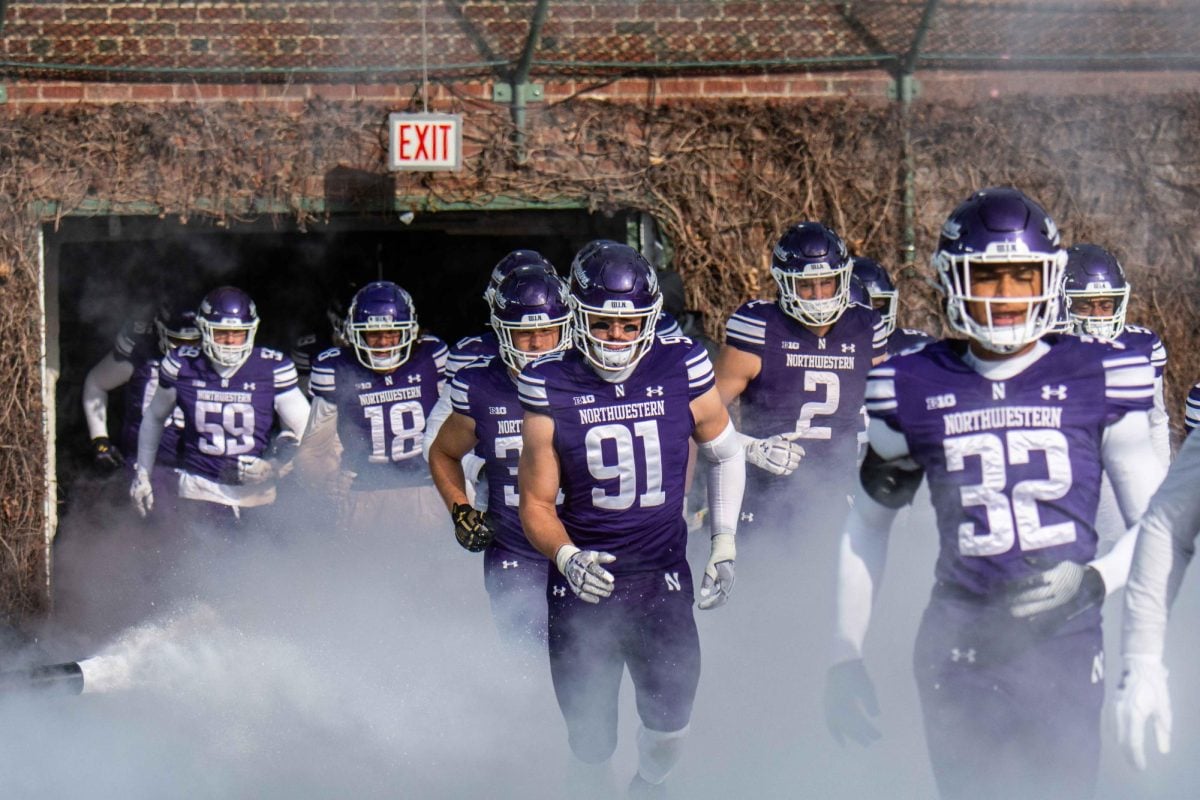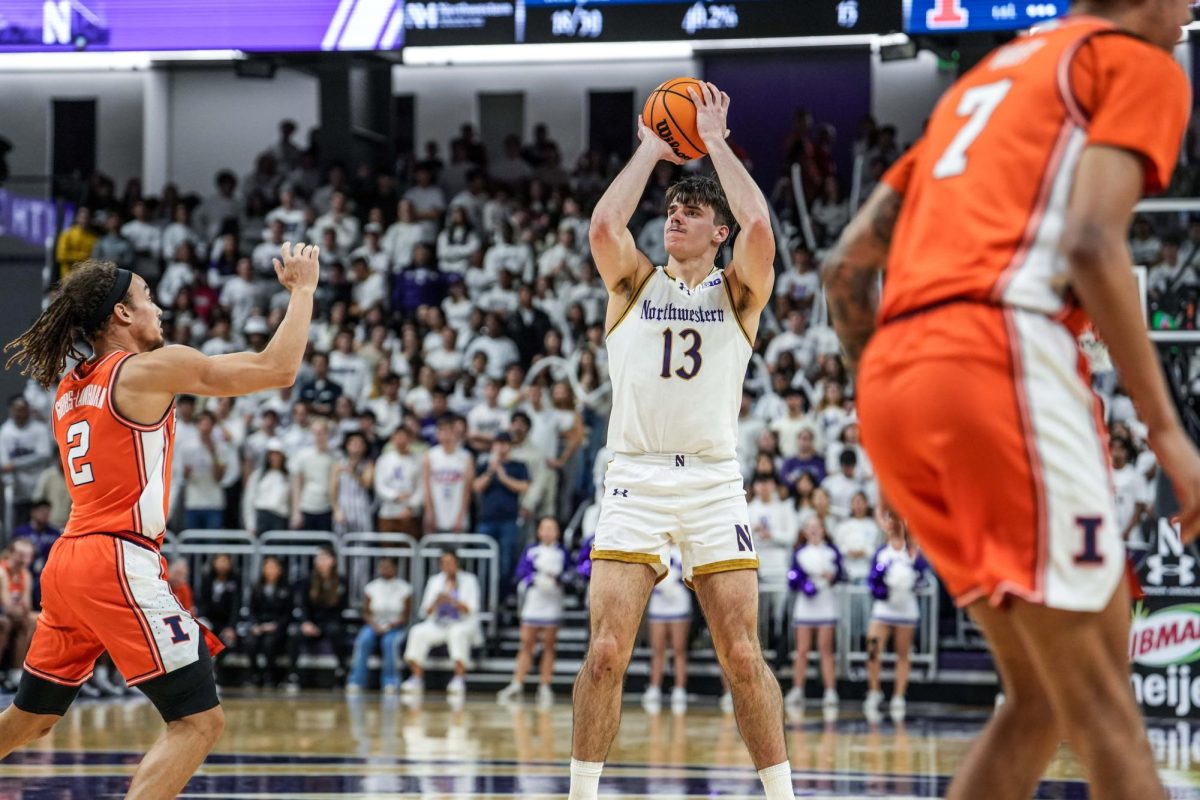
Evanston Mayor Elizabeth Tisdahl on Monday night rolled out her plan to install surveillance cameras along the streets leading to Evanston Township High School.
“I certainly would like to move crime out of town entirely, but I think we owe our students a safe route to and from high school,” she said at Monday’s City Council meeting.
Tisdahl’s proposal calls for cameras lining a 1.2-mile stretch of Church Street and 2.5-mile stretch of Dodge Avenue. The two streets intersect at ETHS, 1600 Dodge Ave. The cameras would join 22 others across the city, including seven along Dodge Avenue, according to city documents.
To support Tisdahl’s pitch, the city points to a survey based on two decades of research from the Consortium on Chicago School Research. Results show about 27 percent of ETHS students did not feel mostly or very safe “traveling between home and school.”
Tisdahl’s case for more surveillance in the area comes more than a month after aldermen abandoned an intergovernmental agreement for a so-called “safe school zone” around ETHS. The pact aimed to curb the amount of crime that spills out of the high school into the surrounding neighborhoods and vice versa.
Since she first floated the idea of the cameras with Evanston reporters in October, Tisdahl has stressed she will seek public input before moving ahead with the surveillance plan. Two community meetings are scheduled this month to address the issue.
After a 30-year-old man was shot and killed Saturday evening near Dodge Avenue , Tisdahl said she went to door-to-door to talk to neighbors as she always does after a homicide. The residents in the 2000 block of Darrow Avenue were “universally supportive” of the cameras, Tisdahl said.
Evanston Police Chief Richard Eddington presented aldermen Monday night with several recent scenarios in which surveillance cameras already installed elsewhere in the city have helped law enforcement do its job. Eddington showed surveillance footage of a street fight that led to a stabbing last month near the Chicago-Evanston border, explaining that video evidence from the camera confirmed the victim’s story.
Although he said cameras are not a “silver bullet” for reducing violent crime, Eddington emphasized they could serve an important legal purpose.
“The nice thing about technology is it doesn’t go on vacation, doesn’t take sick days,” Eddington said. “There’s no shift change. It’s always there, and it records the data we need to bring successful prosecutions in court.”
The few residents who spoke about Tisdahl’s proposal at the meeting said they are glad she is turning to the public for its input.
“There is no debate of your sincerity or the sincerity of this proposal and its intent to keep our children safe,” 2nd Ward resident Dickelle Fonda told Tisdahl. “We all want that. How we do that, I think, is debatable … and I think we need a vigorous community conversation about it.”
Fonda added plenty of questions about Tisdahl’s plan remain, including whether the cameras would push crime elsewhere, whether they would offer “real or perceived safety” and how they would be monitored.
In response to a similar question from Ald. Delores Holmes (5th), whose ward includes ETHS, Eddington said the police department cannot afford to have individual employees watching every camera at every moment. But the cameras would allow 911 dispatchers to toggle back and forth between potential crime scenes as they handle calls, he added.
Moving forward, Tisdahl signaled time is of the essence. She told 5th Ward residents last month the city hopes to fund the cameras through a Cook County grant available in January.
The two community meetings will be held 7 p.m. Tuesday at the Levy Senior Center, 300 Dodge Ave., and 7 p.m. Dec. 18 at the Fleetwood-Jourdain Community Center, 1655 Foster St.
Email: [email protected]
Twitter: @PatrickSvitek




